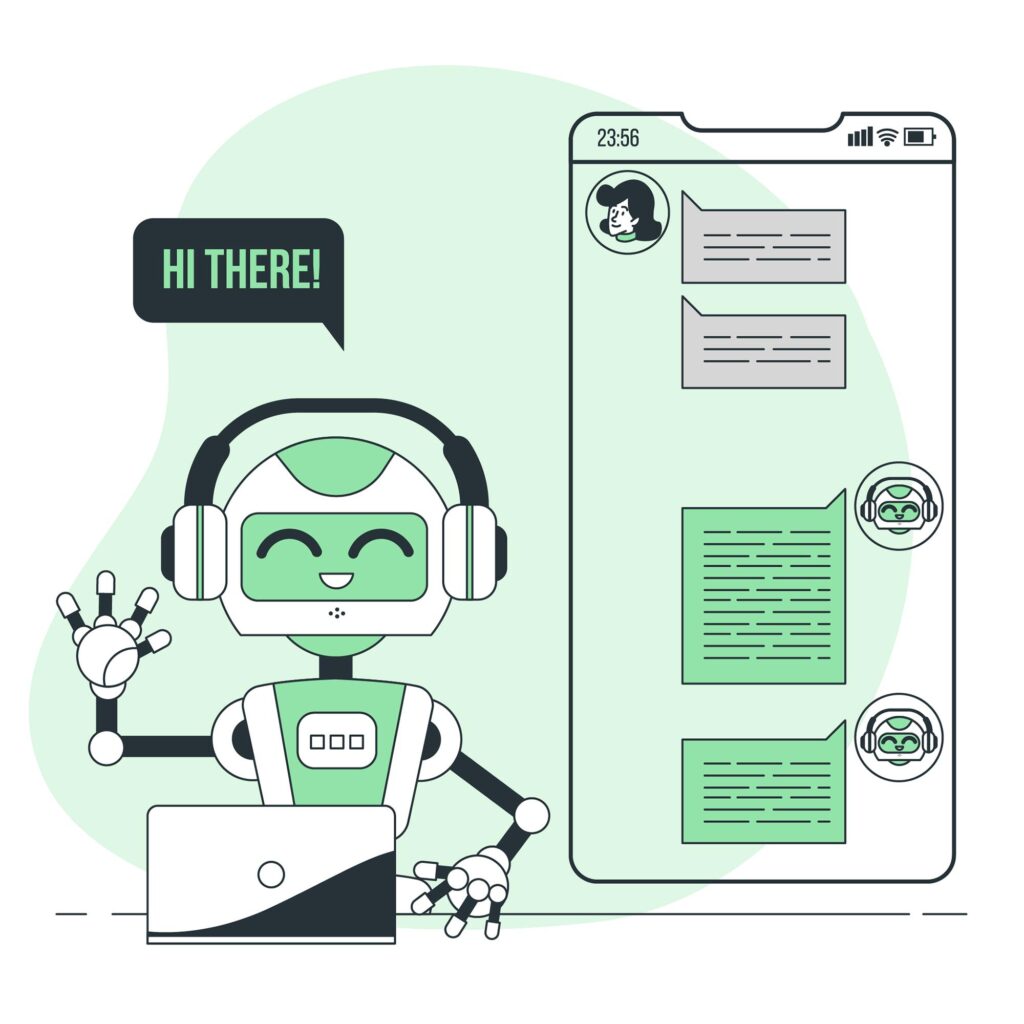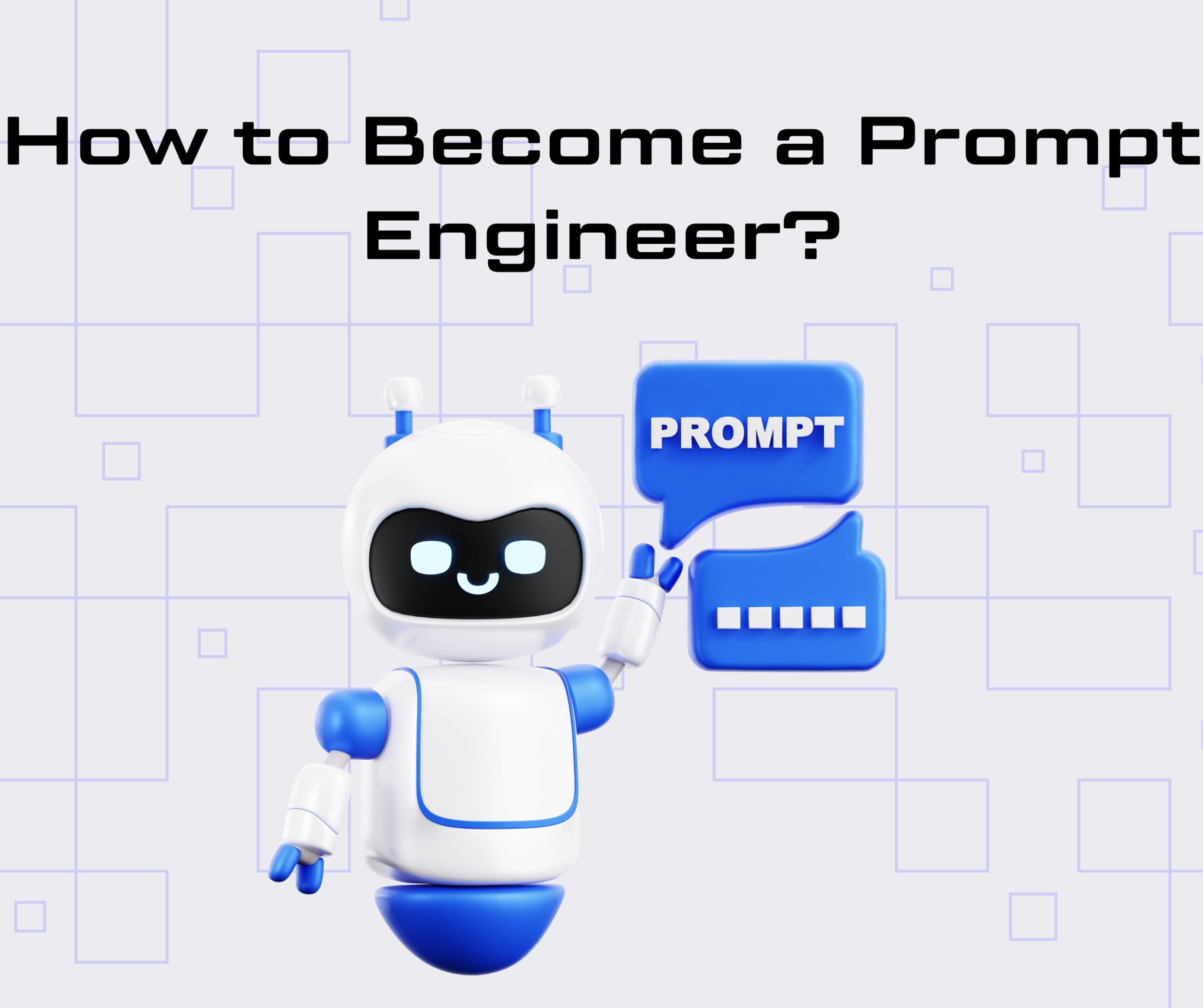The rise of generative AI has given birth to a new and lucrative role: the Prompt Engineer. If you’ve ever wondered how to become a prompt engineer and make a career out of working with AI models like ChatGPT or Claude, you’re in the right place. This guide will walk you through everything you need to know.

What Is a Prompt Engineer?
A prompt engineer designs, tests, and refines text prompts to guide large language models (LLMs) like GPT-4 or Claude into generating accurate and useful responses. It’s a blend of creativity, critical thinking, and technical skill.
Prompt engineers help businesses unlock the full potential of AI—whether it’s generating marketing copy, coding assistance, legal summaries, or data analysis.
Why Prompt Engineering Is in Demand
Prompt engineering has become a sought-after skill in 2025. As generative AI tools are being integrated into everyday business operations, companies need specialists who can “communicate” effectively with these models.
Key Reasons for the Demand:
- Rapid growth of AI adoption.
- Need for human-like content creation.
- Optimization of AI model performance.
- Competitive salaries (starting at $100K+ in some markets).
So, understanding how to become a prompt engineer not only opens up new job opportunities but also puts you at the cutting edge of technology.
Step-by-Step: How to Become a Prompt Engineer
Let’s break down the path to becoming a successful prompt engineer in 2025.
1. Understand How AI Models Work
Before you can master prompts, you need to understand how large language models function.
Start With:
- Basics of Natural Language Processing (NLP).
- How models like GPT-4 or Claude process input.
- The concept of tokens, model limitations, and output probability.
Free resources on YouTube, Coursera, and OpenAI documentation are great starting points.
2. Master the Art of Prompt Crafting
A core part of how to become a prompt engineer is understanding how to structure inputs.
Focus On:
- Clarity and context in questions.
- Role-based prompting (“Act as a lawyer…”).
- Chain-of-thought prompting (breaking down complex instructions).
- Few-shot prompting (giving examples).
Test prompts across different AI platforms like ChatGPT, Bard, and Claude to see how outputs vary.
3. Learn Programming Basics
While you don’t have to be a full-stack developer, knowing basic programming helps.
Recommended Languages:
- Python is used to integrate with APIs like OpenAI.
- JavaScript – for web-based AI applications.
Also, get familiar with libraries like LangChain and tools like PromptLayer or Replit.
4. Use AI Tools Professionally
To understand how to become a prompt engineer, you must go beyond casual use.
Practice With:
- ChatGPT (Pro version for GPT-4 access).
- Google Gemini (Bard).
- Claude AI by Anthropic.
- Midjourney or DALL·E (for visual prompt engineering).
Track prompt versions, analyze outputs, and experiment with complex tasks like summarization, translation, or persona creation.
5. Build a Prompt Portfolio
Just like a designer or developer, prompt engineers need a portfolio.
Include:
- Problem ➝ Prompt ➝ Result format.
- Use-cases like code generation, customer support automation, chatbot flows, etc.
- Before-and-after results showing your optimization.
Share your portfolio on GitHub, Notion, or your personal website to boost credibility.
6. Join AI Communities
Networking is key to becoming a known name in the field.
Top Communities:
- OpenAI Community Forum
- Reddit: r/PromptEngineering
- Discord servers for AI developers
- X (Twitter) spaces and LinkedIn groups
Ask questions, share your work, and stay updated on the latest techniques.
7. Stay Current With Trends
AI evolves fast. The methods you use today might be obsolete next year.
Follow:
- OpenAI and Anthropic blog updates
- Prompt Engineering newsletters (PromptPerfect, FlowGPT)
- YouTube channels like Matt Wolfe or Two Minute Papers
Constant learning is essential to mastering how to become a prompt engineer in a rapidly shifting field.
Tools Every Prompt Engineer Should Know
Here are some tools that can boost your productivity and creativity as a prompt engineer:
| Tool | Purpose |
| OpenAI Playground | Experiment with prompts live |
| PromptLayer | Track and version your prompts |
| FlowGPT | Share and discover community prompts |
| Replit | Build and test Python-based AI apps |
| LangChain | Build full AI workflows with prompts |
Career Opportunities in Prompt Engineering
If you’re serious about how to become a prompt engineer, here are some career paths to explore:
- AI Product Developer
Design AI features into products with prompt workflows. - Conversational UX Designer
Craft dialogue flows for AI chatbots and virtual assistants. - AI Content Strategist
Generate SEO content, ads, and scripts using AI prompts. - LLM Training Consultant
Help organizations train and fine-tune their AI models.
Salary Expectations
Prompt engineers are highly paid due to the technical and creative nature of the job.
| Experience Level | Salary Range (USD) |
| Entry-level | $70,000 – $100,000 |
| Mid-level | $100,000 – $150,000 |
| Expert/Freelance | $150,000+ |
Salaries vary depending on your location, expertise, and portfolio quality.
Final Thoughts: Is Prompt Engineering for You?
If you’re fascinated by language, love experimenting with AI, and enjoy solving problems creatively, then learning how to become a prompt engineer could be the perfect path.
This role will only grow more important as generative AI continues to evolve. With dedication and practice, you can master the art of prompt engineering and turn it into a full-time, high-impact career.
Key Takeaways
- Prompt engineering combines creativity, logic, and AI fluency.
- Start with free tools and tutorials before advancing to APIs and custom apps.
- A portfolio and community presence help land gigs or jobs.
- Keep learning—AI is changing fast.
Learning how to become a prompt engineer gives you an edge in the AI-first future.




